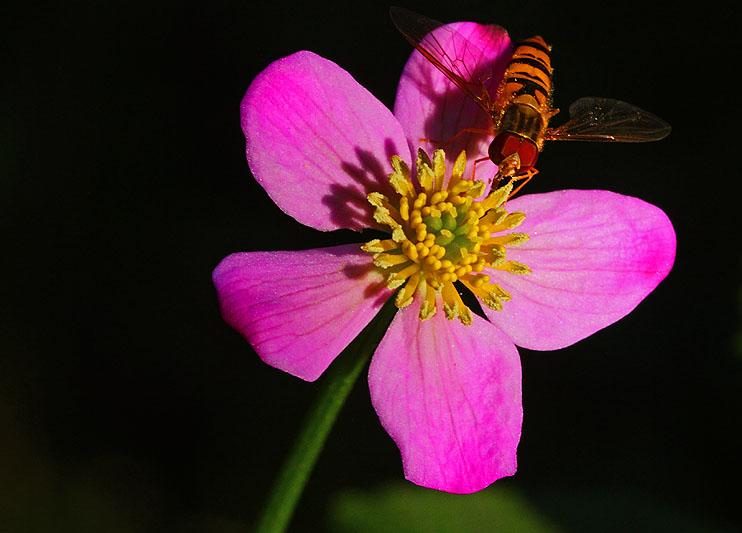
Yellow marsh marigold (Caltha palustris)
Yellow marsh marigold, also known as Marsh marigold, May blob, Molly-blob, Boots, Bull flower, Crowfoot, Yellow gowan
The yellow marsh marigold (Caltha palustris) is a perennial wildflower that reaches heights of 30 to 91 cm. Known for its vibrant yellow, buttercup-like flowers, it blooms from spring to summer. This plant thrives in wet environments such as marshes, along streambanks, and in soggy meadows. It attracts pollinators like bees and butterflies and is also favored by grazing livestock. After flowering, its seeds can be harvested for propagation in other suitable wet areas.
Key Facts About Yellow marsh marigold
Attributes of Yellow marsh marigold
Scientific Classification of Yellow marsh marigold
Toxicity
Golden pothos contains a chemical called calcium oxalate, which is mildly toxic to humans if ingested or if the skin comes into significant physical contact with its sap. Symptoms of ingesting golden pothos may include eczema (itchy, red, swollen, irritated skin), burning, inflammation of the mouth, and vomiting. Contact with the sap can also cause dermatitis: an uncomfortable, itchy rash. Harm to humans is most likely to occur in children from accidental contact since this is a very common houseplant.